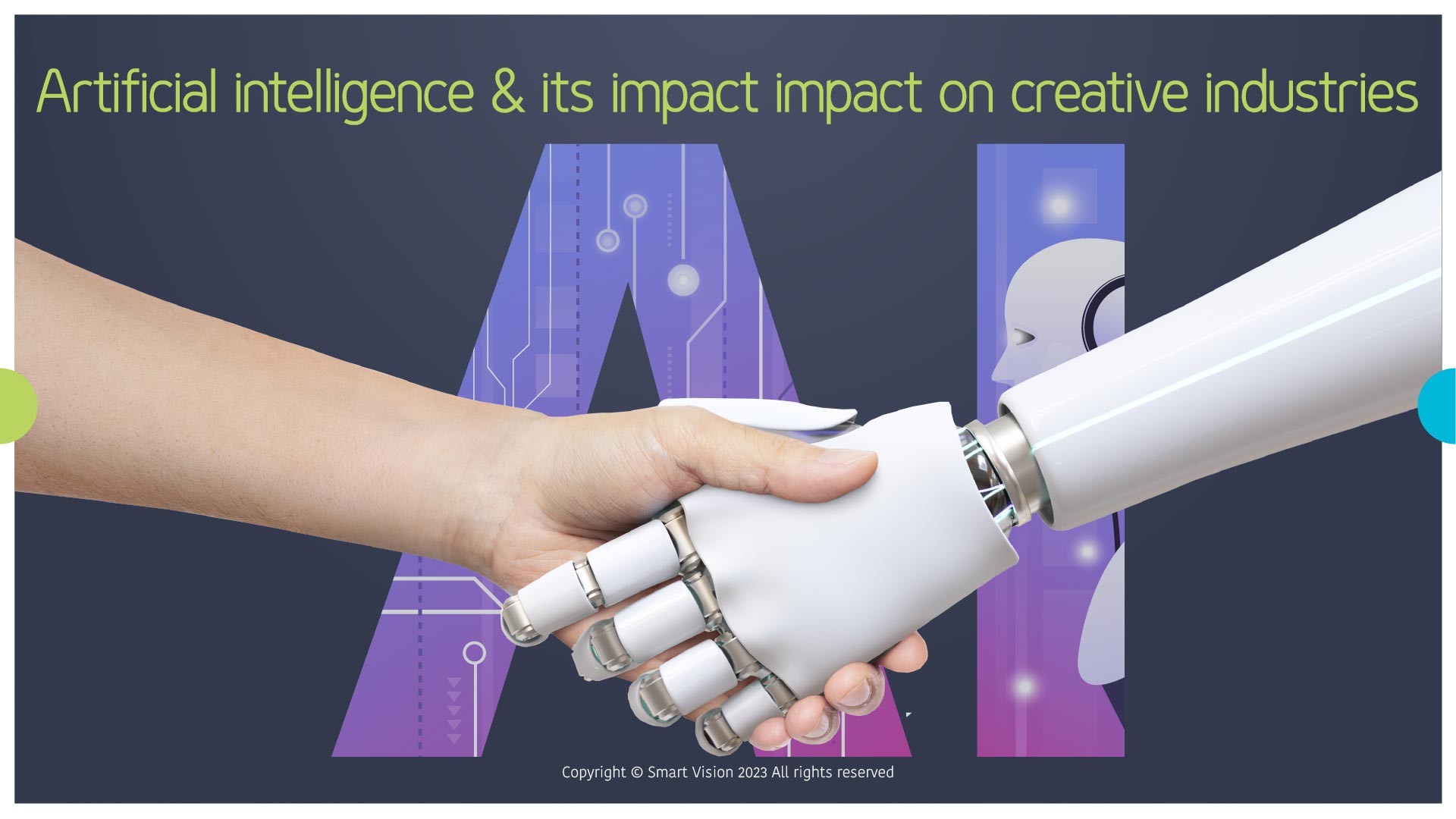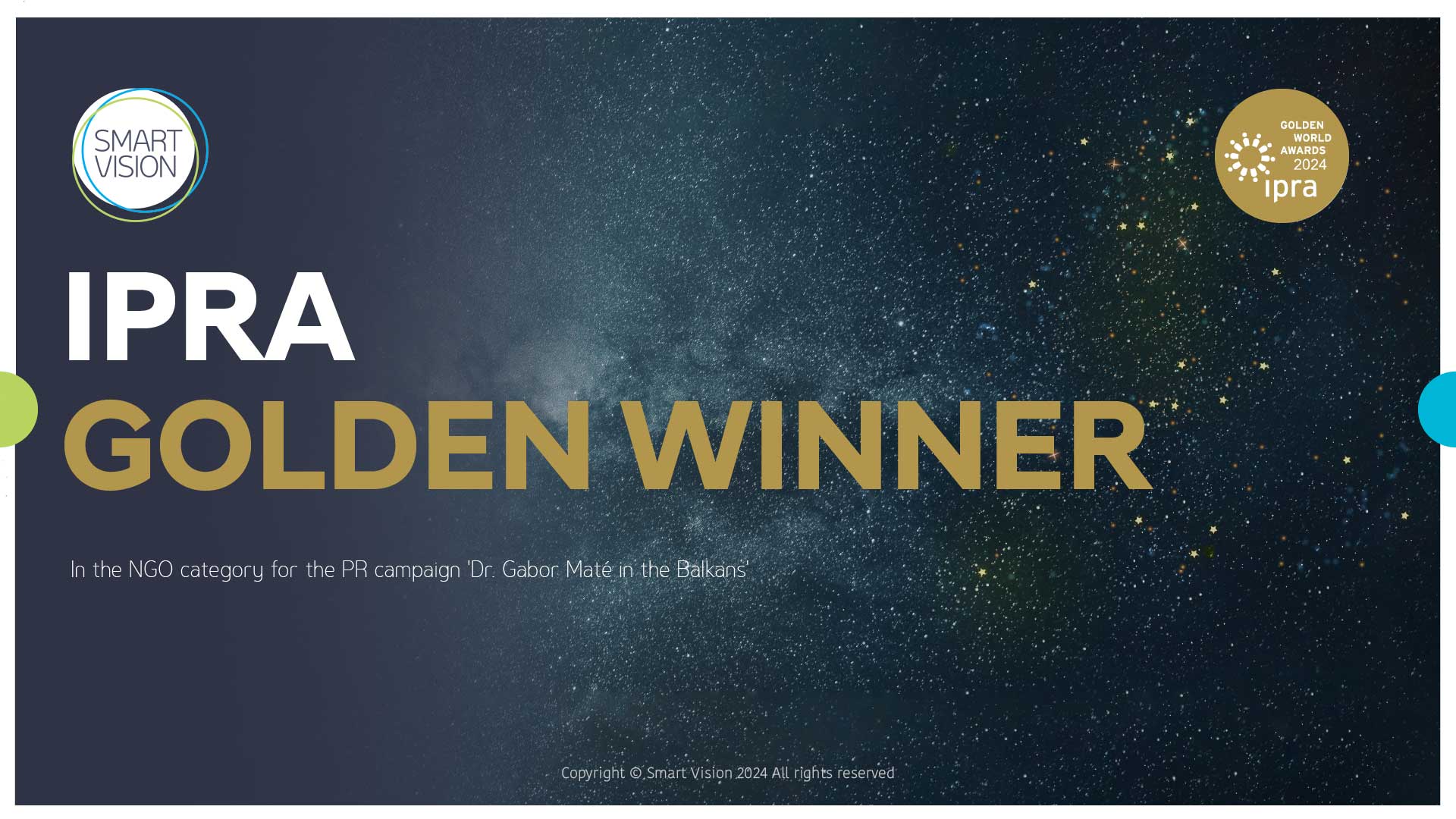In recent years, the advancement of technology has drastically changed the way we live, work, and interact with one another. One of the most significant developments in technology in recent times is artificial intelligence (AI). From speech recognition to image recognition, AI has enabled us to automate a wide range of tasks that were previously considered too complex for machines to handle. In the realm of copywriting and design, AI has a massive impact. It has enabled us to produce high-quality content at a scale previously unimaginable while reducing time and costs.
The basics of AI and how it is changing the world of copywriting and design
AI is revolutionizing the field of design by using machine learning to generate and optimize design concepts. The dilemma here is whether this will eventually lead to the replacement of human designers by machines. However, designers should take advantage of the power of AI to automate repetitive tasks, improve workflow and increase efficiency. AI-enabled design software can automate tasks such as colour selection and font pairing. This allows designers to focus more on the creative aspects of their work and explore new possibilities.
AI is also making rapid progress in learning how to write texts. Copywriters can now produce content that is more engaging, personalized, and tailored to their audience. AI can analyse data and use deep learning algorithms to generate effective copy that resonates with specific audiences. However, the challenge for copywriters is to ensure that the content produced by AI is still human-like and not robotic. The impact of AI on copywriting and design may be controversial, but it is undeniable that AI is disrupting the design and copywriting industry in significant ways. Companies that embrace AI in design and copywriting will benefit from increased efficiency, reduced costs, and faster turnaround times. However, it’s essential to recognize that while AI can automate tasks, it cannot replace the importance of human creativity and ingenuity.
The benefits of integrating AI into copywriting and design
One of the primary benefits of AI in copywriting and design is the amount of time it saves. With AI technology, content creators can easily create content, such as social media posts or even blog articles, in a matter of seconds. This allows employees to focus on other aspects of their work, such as strategy and analysis.AI also allows businesses to target their content to specific audiences. Using data analytics, AI analyses consumer behaviours and preferences, allowing content creators to personalize their content to individual consumers, resulting in higher engagement rates and conversions. The ability to create targeted, relevant content quickly and effectively is a significant advantage for businesses looking to build their presence in the digital space. The integration of AI with design has also resulted in an improved user experience. AI technology can analyse user behaviour and preferences, allowing content creators marketing a product or service to use a wealth of additional information to personalize their content to individual consumers, resulting in higher engagement rates and conversions. Creating targeted, relevant content quickly and efficiently is a significant advantage for clients looking to build their influence in the digital space. Some may argue that AI could potentially replace human copywriters and designers, causing a dilemma. However, many marketing experts believe that AI technology will not replace human creativity but rather enhance it. The image that creatives most often imagine when AI is mentioned is an algorithm that completely replaces their jobs. However, it would be easier if content creators would clear their minds and not think of AI as “artificial intelligence”, but as former IBM CEO Ginni Rometty recently said: “If I were to consider the initials AI, I would prefer to define it as extended intelligence”.
The potential pitfalls of relying too heavily on ai in the creative process
One of the major concerns with AI in the creative process is that it can create a lack of human touch in design and copy. While AI can analyze data and trends to create content that appeals to a certain audience, it may lack the empathy, emotion, and creativity that humans possess. The dilemma lies in the question of whether it is ethical to replace human creativity with machine intelligence, especially when it comes to creative industries that rely heavily on artistic expression and personal style. Another issue with AI in design is the potential for it to perpetuate stereotypes and bias. An AI algorithm can quickly learn from previous data, but this can lead to a narrow view of the world based on the data it is fed. This can result in designs that reinforce existing prejudices and societal norms, leading to a lack of diversity and representation. The responsibility lies in the hands of those who program the AI to be aware of the potential for bias and to actively work to prevent it. In copywriting, AI-generated content may lack the nuance and subtlety needed to effectively communicate a message. Copywriting involves more than simply putting words together; it requires an understanding of language and context that only a human being can provide. AI-generated copy may lack the context and creativity to connect with customers on a personal level, leading to a disconnect between the brand and its audience.
The human element: How AI and human creativity can work together for optimal results?
AI machines have come a long way in the last few years, and they have been widely used in creative fields. In design, for instance, AI can be used to create complex designs within seconds, saving time and increasing productivity. However, while AI has become better at designing, there is still a need for the human element to come in and bring in the emotional quotient. When it comes to copywriting, AI has a vast impact. It can generate copy within seconds, which saves a lot of time and effort on the writer’s part. However, machine-generated copy has been known to lack the necessary creativity and compelling language used in human-generated copy. This is why it is essential to consider how AI and human creativity can work together to produce optimal results. The dilemma of whether to implement AI in the creative process or not is a fundamental factor in determining the success of a project. While AI has its benefits, there are certain things that only humans can do. Copywriting requires an understanding of the nuances and the ability to instate the emotional connection with the reader.
In conclusion, artificial intelligence has changed the way copywriting and design are approached. While AI technology can generate basic content and design, it lacks creativity and the ability to truly connect with the audience. As AI technology continues to develop and improve, it will be interesting to see how it can further impact the creative industry in the years to come. For now, we have to wait for the accelerated development of AI and for the best work results use all the advantages it provides and then give them our “unique touch”.





